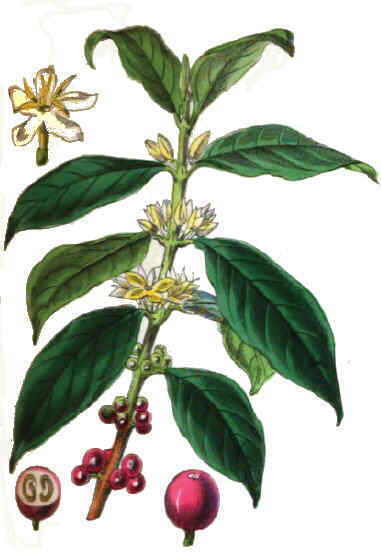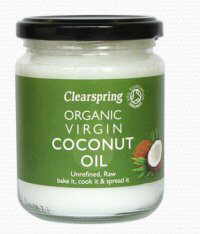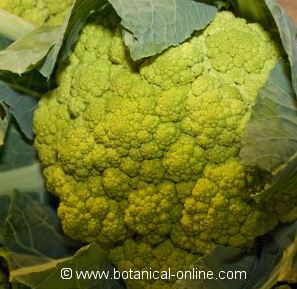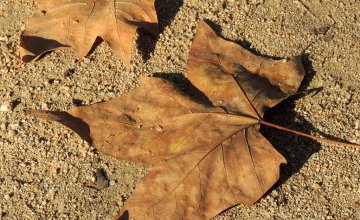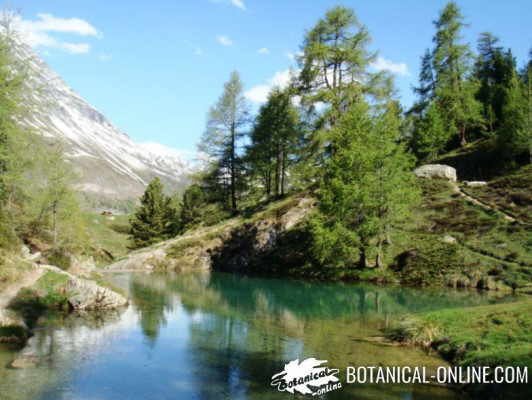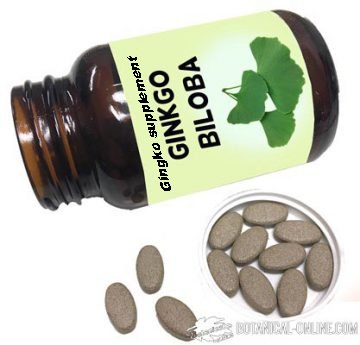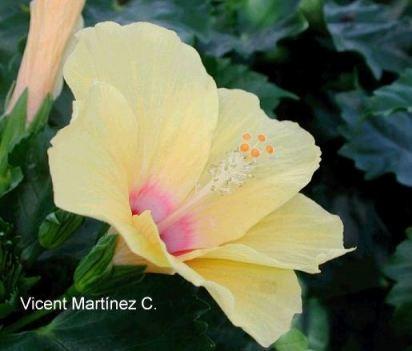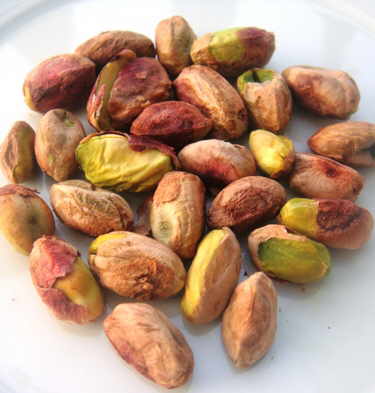Contents
What is a coconut palm?
Characteristics of coconut (Cocos nucifera)
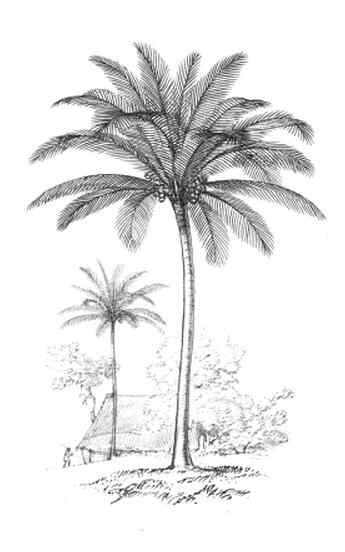 A drawing of coconut palm
A drawing of coconut palm
Common English name: Coconut plant, coconut, cocoanut.
Scientific name: Cocos nucifera L. The etymology of nucifera refers to the palm that produces nuts. Cocos nucifera is the only species in the genus Cocos L.
Family: Arecaceae or also called Palmae.
Where do coconut trees live?
Coconut tree origin is unknown, although it is a palm native to Malaysia and Indo-Pacific area.
Currently naturalized in all the world’s tropical coasts.
In Philippines, it is is a very abundant plant and you can see fully inhabited islands with coconut groves.
Description of Coconut
Coconut palm is a slender palm tree widely distributed throughout the tropical regions, with a size that can vary between 12 to 30 meters high.
The trunk of the coconut tree is a cylindrical stipe, thin (20-30 cm in diameter) often tilted, brown or brownish-grey, showing the circular leaf scars from the old leaves when they fall down.
The palms, which, evolutionarily, are more primitive plants than trees, rather than a trunk, they have a structure called stipe. The stipe is characterized by not branching out and keeping the same diameter from below to its terminal tip, so they do not usually have much thickness. On its surface the distinguished “marks” produced by the petioles of fallen leaves appear, known as circular leaf scars, which are very characteristic of the palms.
At the end of the stipe, we find the palm leaves, that are born in what it is called a crown or acrocaulis. Its leaves are sheathed by an erect long petiole. They are placed in an alternate way, being characteristically pinnate or palmate, glossy green of colorful, 2-6 meters long.
Each inflorescence is a branched flower cluster (panicle), located at the base of the leaves. Its flowers, male and female (monoecious), can be white to pale yellow.
The female flowers are rounded, with two wide basal scales, 3 wide and rounded sepals, 3 white rounded pale petals and a yellow pistil with 3 cell ovary and 3 stigmas.
The male flowers have small and pointed white sepals, oblong petals and 6 stamens.
Fruiting occurs throughout the year, and the fruit is a drupe with a dry fibrous mesocarp popularly known as coconut. Coconut fruit has an ovoid shape, constituted by 3 angles and 3 germination holes at the end, with a size between 20 and 30 centimeters in diameter.
Coconut fruit consists of a brown fibrous bark and a hard shell, booking a seed inside. The central cavity of the fruit has an aqueous or milky liquid called coconut water that is a nutritional mixture aimed for coconut to grow.. When the fruit ripens, this fluid accumulates fat and it is called coconut juice or milk.
A mature tree can produce 75-200 coconuts per year, and each coconut can weigh between 1.5 and 2.5 kg.
The seed of the coconut palm is the second largest known, after the coco-de-mer (Lodoicea maldivica), that can reach 40–50 cm in diameter and weigh from 15 to 30 kg. The seed of coconut is hollow inside and it is covered with a white pulp, oily and edible.
Coconut uses
Coconut has been used historically as a medicinal food: It is said to have analgesic, antirheumatic, antibacterial, anticancer, antioxidant, hypoglycemic, hypotensive and immune stimulating properties.
Its oil also has numerous cosmetic applications
Composition of coconut palm
This is the main composition and active compounds of this plant. The edible part of the fruit is the seed of the plant.
- Carbohydrates (seed): fructose, glucose, galactose, mannan, sucrose, raffinose, Lrhamnose, pentosans, galactomannan.
- Fat: see coconut oil composition.
- Proteins
- Fiber (seed): lignin, cellulose, pectin.
- Vitamins: alphatocopherol (oil), gamma tocopherol (oil), ascorbic acid (seed), niacin (seed), thiamine (seed), riboflavin (seed), inositol (seed).
- Minerals (seed): magnesium, calcium, phosphorus, iodine, iron, selenium, sodium, zinc.
- Trace elements: chromium, aluminum, antimony, arsenic, barium, boron, cadmium, cesium, fluoride, manganese, molybdenum, nickel, rubidium, scandium, strontium.
- Polyols (seed): sorbitol.
- Squalene (seed).
- Organic acids (seed): citric acid, galacturonic acid, malic acid, myristic acid, succinic acid, quinic acid, shikimic acid, tridecanoic acid, syringic acid (leaves), coumaric acid (leaves), ferulic acid (leaves).
- Oxides: magnesium oxide (leaves), manganese oxide (leaves), phosphorus oxide (P2O5) (leaves).
- Phenols: Vanillin (leaves)
- Phytohormones cytokinins (seed): zeatin, transzeatin, dihidrozeatin, dihidrozeatin-O-glucoside, meta-topolin riboside, N6isopentenyladenine, benzylaminopurine.
| Composition of coconut palm(Cocos nucifera L.) | |
| Component | Amount(en ppm.) |
| Carbohydrates | 94.000 – 331.000 |
| Proteins | 32.000 – 77.000 |
| Fats | 58.400 – 719.000 |
| Fiber | 30.000 – 115.000 |
| Ash | 9.000 – 22.000 |
| Coconut minerals and dietary minerals | |
| Phosphorus | 830 – 2.400 |
| Magnesium | 770 |
| Calcium | 76 – 476 |
| Sodium | 145 – 626 |
| Aluminium | 7,20 |
| Iron | 23 – 33 |
| Copper | 3,2 – 33 |
| Manganese | 9 – 21 |
| Rubidium | 16 |
| Zinc | 13 – 17 |
| Boron | 3 – 5,20 |
| Strontium | 2,8 |
| Nickel | 2,10 |
| Iodine | 0,30 |
| Cobalt | 0,20 |
| Chromium | 0,20 |
| Antimony, barium, cesium, mercury, europium | 0,10 |
| Cadmium, molybdenum, tungsten | 0,03 |
| Arsenic, Selenium | 0,02 |
| Vanadium | 0,004 |
| Scandium | 0,002 |
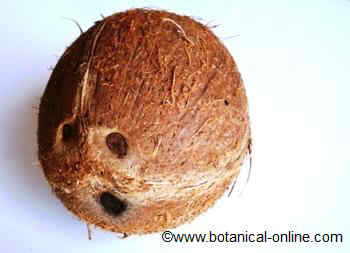
Picture of a coconut seed, where you can see the three germinative holes and the oval structure of the indehiscent seed, consisting of three angles.
| Botanical classification | |
| Kingdom | Plantae |
| Subkingdom | Tracheobionta – Vascular plants |
| Superdivision | Spermatophyta – Seed plants |
| Division | Magnoliophyta – Flower plants |
| Class | Liliopsida – Monocotyledonous |
| Subclass | Commelinidae |
| Order | Arecales |
| Family | Arecaceae o Palmae |
| Subfamily | Arecoideae |
| Tribe | Cocoeae |
| Subtribe | Butiinae |
| Gender | Cocos |
| Species | C. nucifera L. |
![]() More information on coconut.
More information on coconut.

